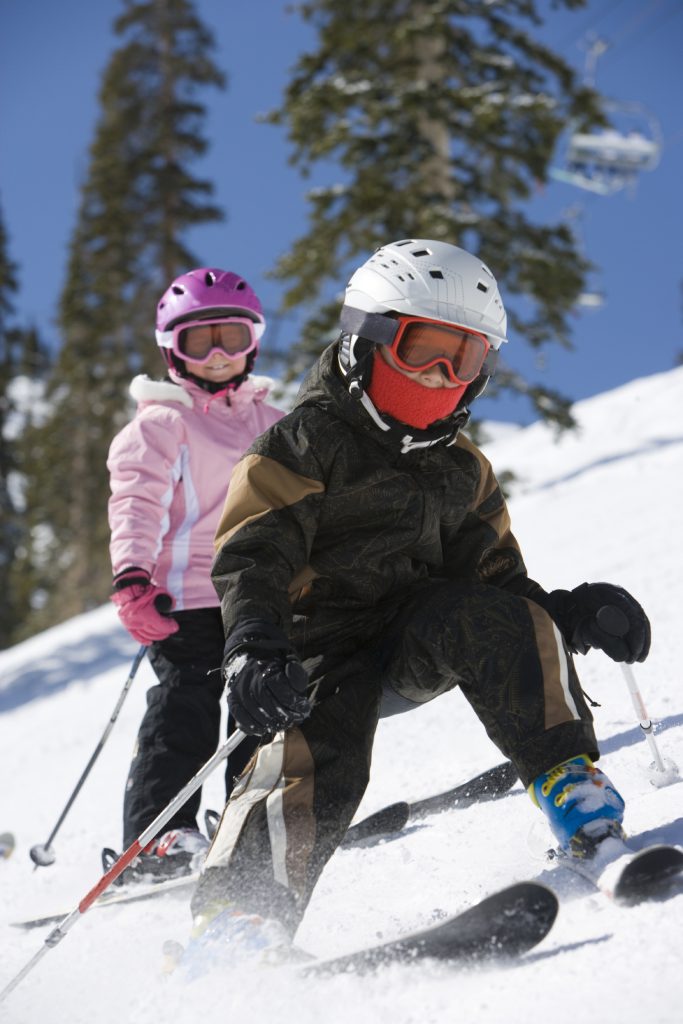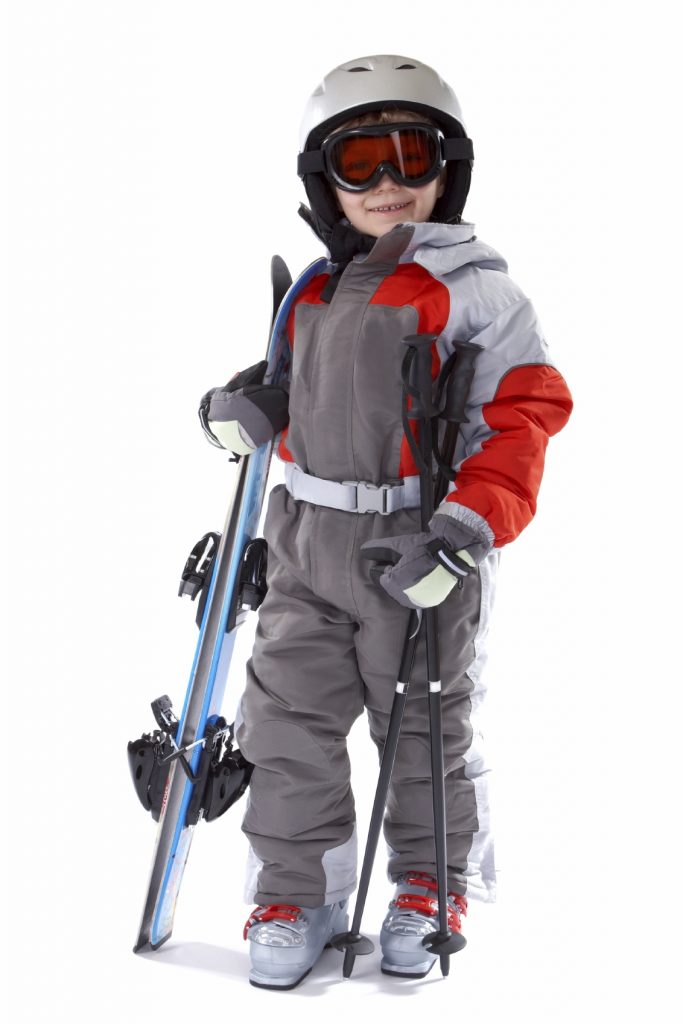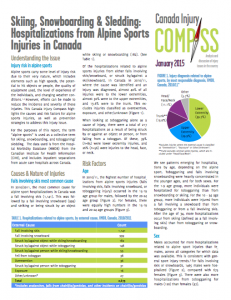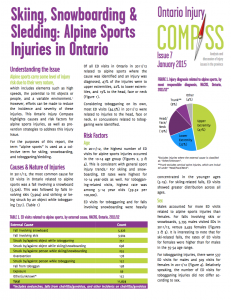Safety tips

- Never ski or snowboard alone.
- Do warmup exercises and stretches before going out on the slopes each day.
- Stay on marked trails and follow other rules of the slopes.
- Be especially careful on the first and last few runs of the day, when injuries are most common.
- Be aware that high speeds and aerial manoeuvres carry a high risk for injury.
- Stop skiing or snowboarding before you get tired and before it gets dark. Fatigue and poor visibility both lead to injuries.
- Choose runs or trails that best suit your ability. Before you start skiing or snowboarding, you should understand the signs used to indicate level of difficulty.
- Stay alert to hazards (such as rocks, trees, ice patches) and changes in weather and visibility.
- Only use snowboards with full-length steel edges and stiff, secure bindings. The board leash should be securely attached. Children should use short boards (no more than chest high).
- Beginners should take lessons from a certified instructor.
Protective equipment

- Dress against frostbite, be sure boots are not too tight and wear sunglasses or goggles with UV protection to guard against the reflection of the sun off the snow.
- Wear sunscreen to protect against sunburns.
- Wearing a certified helmet is recommended for children, snowboarders, racers and high-risk environments such as back-country skiing, to prevent head injury.
- Always check your child’s equipment to make sure it is in good condition and fits properly. Bindings should be checked at least once a year by a qualified technician or ski shop. Bindings, boots and skis that don’t fit properly or are not properly adjusted are a significant risk factor for young skiers.

